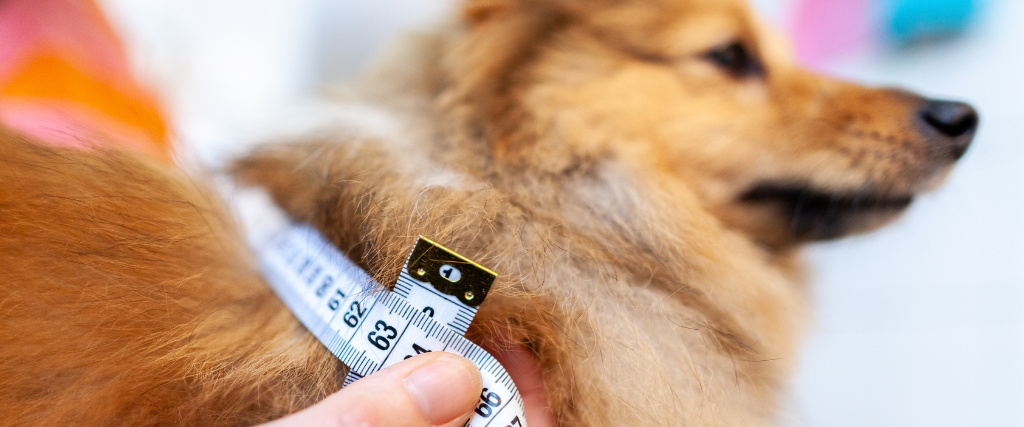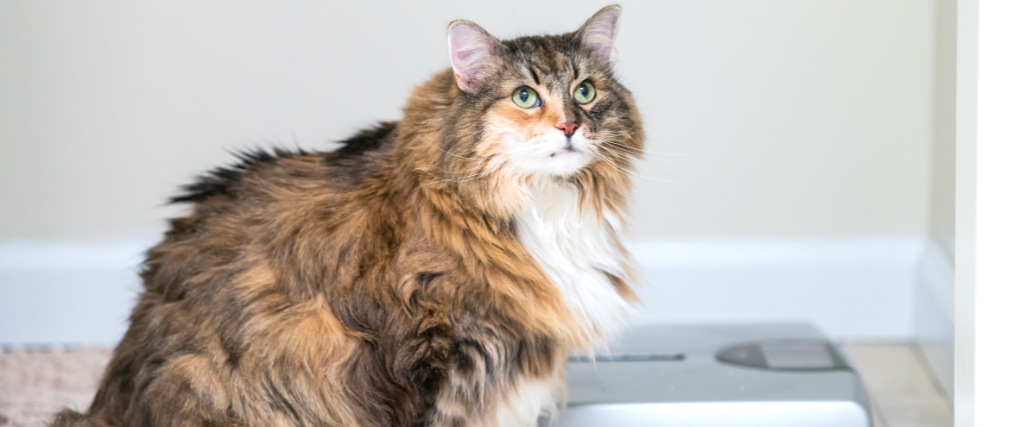Dogs and cats can get diabetes just like humans. The most common type of diabetes in dogs and cats is diabetes mellitus, which is similar to Type II diabetes in humans. Although diabetes can happen to any pet, overweight and obese cats and dogs are most at risk along with certain dog breeds.
What Is Diabetes?
Diabetes occurs when there isn’t enough insulin produced by the pancreas. The cells of our body need a sugar known as glucose to function. The insulin that the pancreas produces helps the cells absorb glucose from the bloodstream and utilize it. Glucose comes from our diet. When the body needs glucose and we are not obtaining it through food, the body has to break down fat, stored protein, and starches to provide calories to the cells. Starches and protein can be converted into glucose. Fat gets converted into ketones, which is another source of fuel that the body can use in a pinch. If ketones can be detected in urine, it means that something is wrong. Ketones are produced when an animal is starving and is mobilizing massive amounts of fat for energy. Ketones can also be detected in diabetic ketoacidosis, which is a severe, life-threatening complication of unregulated diabetes.

What Are The Symptoms Of Diabetes?
The main clinical signs of diabetic cats and dogs are excessive drinking, urination, eating, and weight loss. These clinical signs occur in diabetic animals because they are not producing enough insulin for their cells to get glucose for the bloodstream. The animal’s body is also unable to detect the glucose in its blood and its body is fooled into thinking it is starving. The body then begins breaking down protein, starch, and fat. However, with the lack of insulin being made by the animal’s body, it can’t get the glucose and nutrients it’s producing into the tissues that need it. At the same time, the animal’s kidneys become overwhelmed by the amount of glucose in the bloodstream and spills the extra glucose into the urine where it is lost. Glucose is able to draw water into the urine, which then leads to excess urine production and excess thirst to keep up with the fluid loss.
Other clinical signs that may be seen are cataracts in dogs and urinary tract infections. Cataracts due to diabetes are seen in dogs and not cats. This is because the lens in the eyes of a dog allows excess sugar to enter it. Urinary tract infections can occur in diabetic animals because of all the excess sugar being excreted into the urine. This allows for a nice environment for bacteria to grow.
If you notice that your pet is losing weight, eating a lot, and has excessive drinking and urination it may have diabetes. Diabetes is diagnosed with bloodwork. If your veterinarian diagnoses your pet with diabetes, this is not a death sentence. Diabetes in dogs and cats can be treated and managed with insulin, diet, and dedication.

How Is Diabetes Treated In Dogs And Cats?
At this time there are no oral insulins that work well in animals, so insulin must be given as an injection. Your pet will also need a high fiber, low carbohydrate diet. After your pet has been started on insulin, your veterinarian will have your pet come in for a blood glucose curve in several weeks. Blood glucose curves usually involve your pet staying at the veterinary office for the day while blood glucose levels are measured and monitored. Some owners are able to perform the glucose curve at home. After the curve is done, your veterinarian may make adjustments to your pet’s insulin dose. Sometimes several adjustments and curves need to be done before the correct dose of insulin is found for your pet.
Occasionally a pet may be very difficult to regulate. This may be due to improper administration of insulin, very fast metabolism of insulin, steroid administration, and progesterone interference in unsprayed female animals. Dental disease can also contribute to unregulated diabetes. There is also the possibility that the insulin selected for your pet was not the right fit and a different type of insulin is needed.
Important Signs Of Change
If at any point a diabetic pet becomes disoriented, lethargic, or ill you should contact your veterinarian right away. Once an animal’s insulin is regulated, their weight is usually regulated, their appetite returns to normal, and their increased drinking and urination stops. If those clinical signs return, then you should schedule your pet for a recheck with your veterinarian. Diabetic pets can have long, happy lives once they are regulated. Diabetes can be frustrating for owners when it takes a while to regulate their pet’s insulin dose since it can be expensive to treat and hard to deal with excessive drinking and urination. The best way to avoid diabetes in animals is to keep your pet at a healthy weight and to have regular check-ups with your veterinarian.
Don't have a vet in your area yet? We can help you find a local veterinarian.
This blog was first seen on Sugar River Animal Hospital.
